Throughout fiction, a peculiar breed of villain has emerged—one that wields laughter not as a source of joy, but as a weapon of control. These are the characters who turn tickling into torture, transforming a gesture of intimacy or play into an instrument of domination. From comic book worlds to animated series and cult horror, the “tickle torturer” stands apart from conventional antagonists: their cruelty hides beneath absurdity, their menace behind laughter. They see laughter as proof of control, a symphony of weakness they alone can conduct. Whether motivated by revenge, twisted amusement, or philosophical conviction, their approach to power is rooted in the paradox of pleasure and pain, mockery and fear.
Here are our top 10 favourite tickle torture villains!
Contents
- 1 10) Lady Punisher (Marvel Comics)
- 2 9) Killjoy (“Extreme Ghostbusters”)
- 3 8) King Coo Coo (Ragged Ann & Andy)
- 4 7) The Tickler (Spider-Man)
- 5 6) Caterpy (Dragon Ball Z)
- 6 5) The Torturer (Tombville)
- 7 4) Billy Tagg (Fetish Doll Die Laughing)
- 8 3) Duke Igthorn (“The Gummies”)
- 9 2) Mr. X (“Lupin the 3d”)
- 10 1) Don Turtelli
10) Lady Punisher (Marvel Comics)
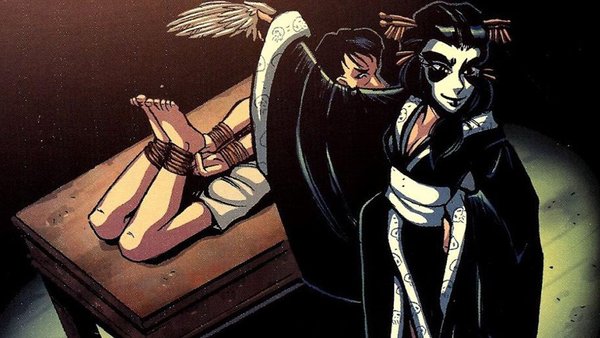
In the Marvel Mangaverse, Lady Punisher appears as a striking reinterpretation of the vigilante archetype—less a mirror of Frank Castle’s raw vengeance, and more an embodiment of ritualized punishment filtered through Eastern aesthetics and moral dualism. This version of Lady Punisher, unlike her mainstream counterpart, operates in a world where violence and discipline intertwine with ceremony, and justice is expressed through physical and psychological choreography. Her origin story blends tragedy and legacy: a former assassin turned enforcer of a self-imposed code, she hunts criminals not out of chaos but to restore a balance she believes the underworld has desecrated.
What makes her stand out is the way she turns humiliation into an art form. In one of the most curious and talked-about sequences of the Mangaverse arc, Lady Punisher employs what her enemies describe as a “tickle torture” technique—a disarming method meant to extract confession and compliance without leaving visible marks. The act, however, goes far beyond mere interrogation. For her, tickling becomes a symbolic inversion of brutality: a way to expose the target’s weakness through laughter, stripping them of composure and control. It is a psychological mirror of her worldview—punishment as revelation rather than destruction.
In that sequence, she immobilizes a corrupt Yakuza lieutenant and subjects him to relentless tickling until he divulges the names of his accomplices. The moment is drawn with a surreal energy: the contrast between laughter and fear, pleasure and torment, turning the scene into an allegory for dominance disguised as play. The audience is caught between discomfort and fascination, which is precisely what the Mangaverse often aimed to achieve—a stylized, exaggerated reimagining of Western tropes filtered through the language of manga irony.
9) Killjoy (“Extreme Ghostbusters”)
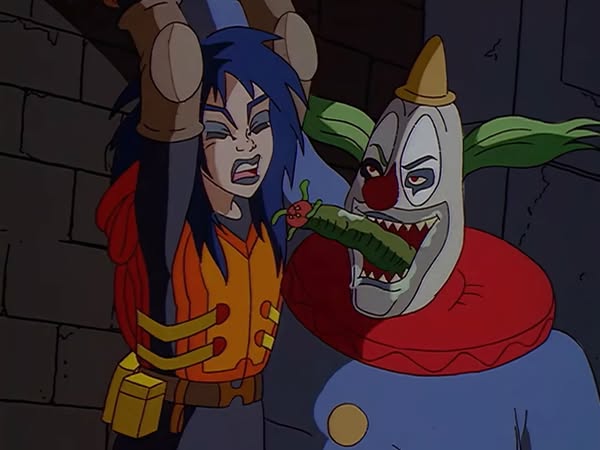
Killjoy, from Extreme Ghostbusters, is one of the most distinctive villains of the animated series, embodying a blend of supernatural menace and psychological irony that made the show darker than its predecessor. Appearing in the episode “Killjoys”, this spectral entity takes the form of a sadistic clown who feeds on human laughter. His power lies in transforming amusement into agony, forcing his victims into uncontrollable laughter until their sanity and strength collapse. It is a rare example of a children’s cartoon confronting horror through the language of humor—a paradox that Extreme Ghostbusters exploited to unsettling effect.
Killjoy’s origin is left deliberately vague, but he appears as a manifestation of collective fear—the embodiment of mockery itself. He invades a comedy club, taking offense at humanity’s tendency to laugh at darkness rather than fear it. With a voice that alternates between playful and threatening, Killjoy captures his victims through a ghostly performance that turns slapstick into torture. He doesn’t simply make people laugh; he forces them to, drawing psychic energy from their hysteria. The “tickle torture” aspect emerges here as both literal and metaphorical. In several sequences, he uses spectral energy to tickle or manipulate his targets, pushing them into frenzied laughter they can’t control. The animation depicts this with unnerving precision—floating gloves, invisible forces, faces twisted in unwilling mirth.
8) King Coo Coo (Ragged Ann & Andy)
King Coo Coo, from Raggedy Ann & Andy: A Musical Adventure (1977), is one of those animated figures who seem, at first glance, like harmless eccentricity—yet beneath his carnival absurdity lies a strangely layered reflection on power, madness, and control through laughter. He rules the kingdom of Looneyland, a surreal realm where nonsense is law and merriment is compulsory. Everything about him is designed to overwhelm the senses: the spiraling throne room, the manic music, the laughter that never stops. But what makes King Coo Coo unforgettable is the way he transforms joy into tyranny, and laughter into coercion.
In his world, no one is allowed to be silent. The king’s obsession with amusement borders on paranoia—he fears stillness, calm, or any sign of seriousness. To enforce his doctrine of joy, he subjects newcomers and disobedient subjects to his “tickle trials,” a bizarre ritual meant to prove loyalty through uncontrollable laughter. His attendants, mechanical clowns and living toys, carry out these sessions with feathers and endless energy, ensuring that everyone keeps smiling whether they wish to or not. The sequence where Raggedy Ann herself is caught in the king’s tickle contraption is a feverish blend of delight and unease: the bright colors and musical score mask the unnerving realization that laughter here is not pleasure but submission.
7) The Tickler (Spider-Man)
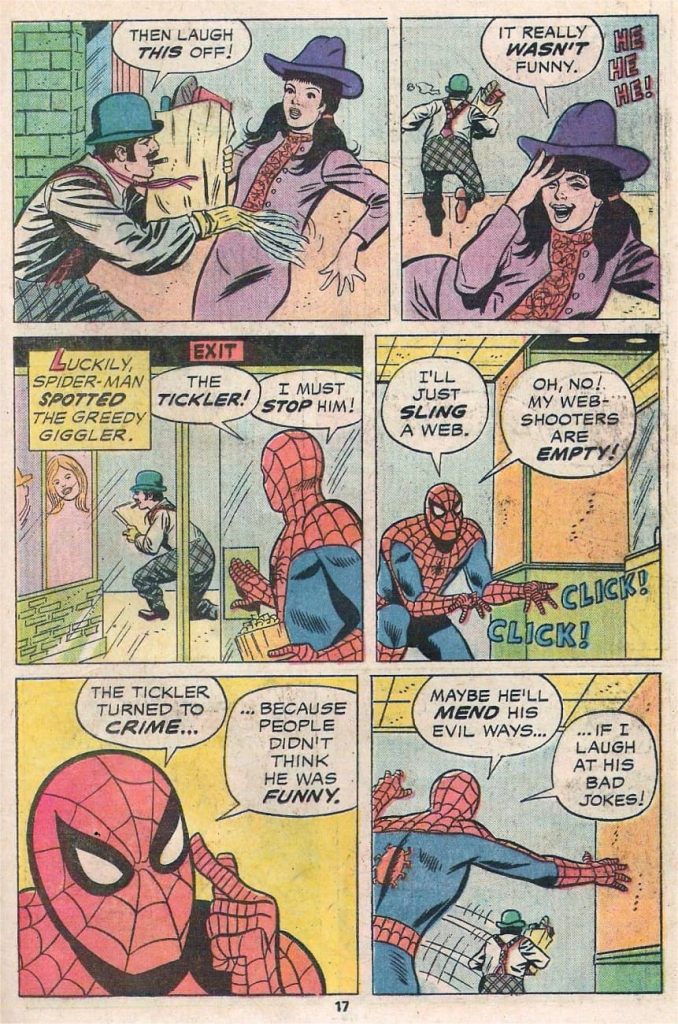
The Tickler is a villain in the Spidey Super Stories series. He’s described as a bitter, failed comedian who dresses up like William Tell. His bitterness leads him to turn to a gimmicky kind of villainy: using bad jokes and feather-induced tickling to rob people who laugh.
The episode’s storyline goes roughly like this: The Tickler roams the city (on pedestrian sidewalks) delivering lame jokes; when people won’t laugh, he uses feathers to tickle them until they do, then takes advantage (robs them or steals valuables) while they’re distracted by laughter. Spidey arrives to stop him. At one point, Spidey runs out of webbing, which prevents him from immediately capturing The Tickler. Then The Tickler starts trying to get Spidey to laugh with his jokes; Spidey pretends to laugh to distract or stall him. Eventually The Tickler keeps up with his jokes until the police arrive and arrest him.
6) Caterpy (Dragon Ball Z)
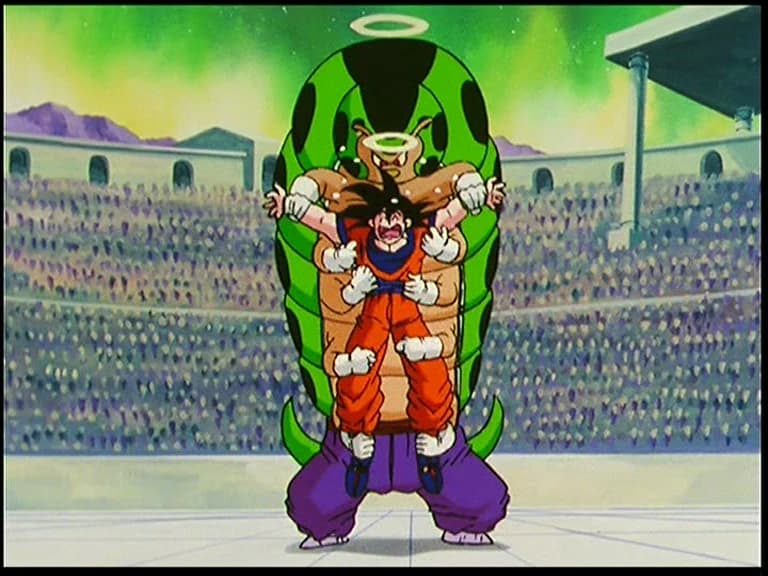
Caterpy is a minor but memorable character who appears in Dragon Ball Z during the “Other World Tournament” arc, one of the few filler storylines that take place after the Cell Games. He is introduced as one of the competitors in the Other World Martial Arts Tournament, where deceased warriors from across the universe compete under the supervision of the Grand Kai. Despite his brief appearance, Caterpy stands out because of his bizarre design, absurd powers, and the surreal humor typical of this filler saga.
Caterpy is an enormous, caterpillar-like humanoid fighter representing the South Kai’s quadrant of the universe. His personality is at once boastful and childlike: he proudly proclaims himself a “warrior of ultimate evolution,” convinced that his insectoid form hides unimaginable potential.
After a tense face-off, Caterpy grabs Goku by the arms and legs, and then uses his other hands to do this. Goku, to everyone’s embarrassment, is quickly driven to hysteria by the little hands tickling him all over his body. Until he unconsciously releases energy that frees him from their grip, he is shown completely at the mercy of the tickle torture, laughing like a madman.
5) The Torturer (Tombville)
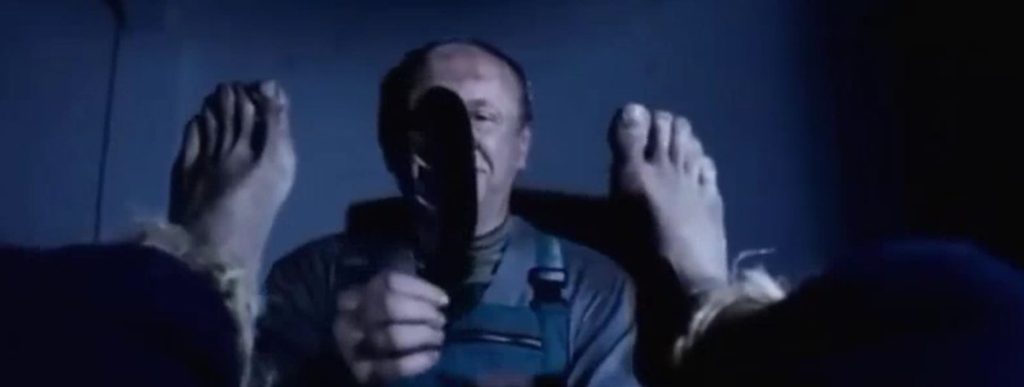
The Torturer in Tombville stands as one of the most unsettling figures in modern surreal cinema—a character who personifies both authority and absurdity in a world that has lost its moral compass. Tombville, a haunting Belgian independent film, follows David, an amnesiac trapped in a decaying purgatorial city where everyone seems to know his crimes except him. Among the spectral inhabitants he encounters, none is more enigmatic than the Torturer, a figure both grotesque and theatrical, whose methods expose the film’s central paradox: pain delivered through play.
Unlike traditional tormentors who rely on violence or intimidation, the Torturer’s instrument of choice is a feather. The scenes between him and David unfold like a fever dream, where the logic of punishment is stripped of all conventional sense. He binds the protagonist, confronts him with accusations of forgotten sins, and instead of drawing blood, begins to tease and torment him with methodical, relentless tickling. The effect is not comedic—it is suffocating, invasive, and psychologically raw. Laughter, forced out of David’s mouth, becomes a sound of panic rather than amusement, a manifestation of resistance breaking down under absurd duress.
The use of the feather is symbolic, amplifying the themes that run through Tombville: guilt that cannot be confessed, identity that cannot be remembered, punishment that no longer distinguishes between body and mind. The Torturer himself remains emotionless, treating his task like a ritual. He never raises his voice or shows pleasure; his calm detachment makes the ordeal even more grotesque. The tickling thus becomes a metaphor for existential exposure—an act that strips away the last layers of self-control, forcing the victim to react involuntarily, to respond to touch when he cannot respond to reason.
4) Billy Tagg (Fetish Doll Die Laughing)
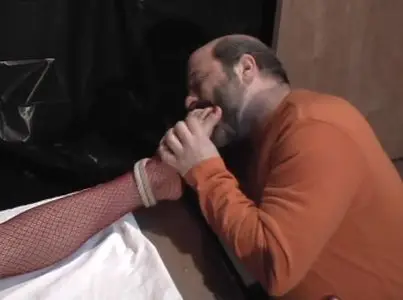
Billy Tagg, from Fetish Doll Die Laughing, is one of those underground horror figures who could only have been born from the intersection of psychological experimentation and pulp exploitation. Introduced as a once-ordinary prop maker with a fascination for stage illusions, Billy’s descent into madness begins when he develops an obsession with creating life-sized dolls designed to “make people laugh forever.” His fixation with laughter, control, and the tension between pleasure and pain becomes the thematic engine of the story—a grotesque meditation on how entertainment and torture can blur into one another when empathy vanishes.
Billy’s transformation into a tormentor of forced laughter is both literal and symbolic. After a tragic accident involving one of his mechanical dolls, he suffers a psychological break that fuses his artistic impulses with sadistic ritual. He begins to see laughter not as an expression of joy, but as a sound of submission—a form of music he can orchestrate. The “tickle torture” motif becomes his chosen method, elevating him from a simple villain to a sort of perverse maestro. Using modified dolls fitted with articulated fingers, feathers, and sensory amplifiers, Billy subjects his victims to prolonged, overwhelming tickling, driving them into states of hysteria that blur the line between mirth and agony. The scene in which he delivers his now-infamous line—“Everyone dies laughing in the end”—is a grim encapsulation of his philosophy: laughter as both the ultimate surrender and the proof of control.
3) Duke Igthorn (“The Gummies”)
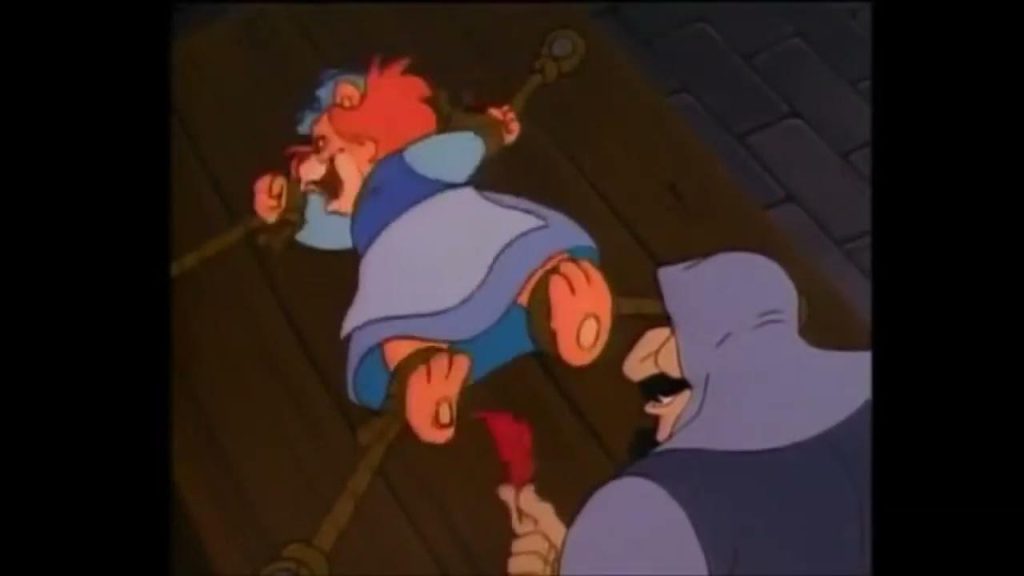
Duke Igthorn, the perennial antagonist of Disney’s Adventures of the Gummi Bears, stands as one of the most theatrically villainous figures of 1980s animation—bombastic, self-important, and forever humiliated by his own schemes. A fallen knight turned petty tyrant, Igthorn’s ambition is to conquer Dunwyn and harness the secret power of Gummiberry Juice, the magical elixir that gives the Gummi Bears their extraordinary strength. But what makes him distinct from other cartoon villains of his era is the elaborate pettiness of his methods: when brute force fails, he turns to manipulation, trickery, and sometimes outright absurdity. Among the show’s most eccentric moments is the episode in which Igthorn experiments with “tickle interrogation” as a non-lethal way to extract the Gummis’ secrets—an episode that revealed as much about his personality as it did about the series’ tonal flexibility.
In that sequence, Igthorn captures one of the Gummis and decides that physical harm is beneath his noble status; instead, he employs feathers, mechanical contraptions, and his bumbling ogres to “gently persuade” his captive into revealing the potion’s formula. The resulting scene is played for comedy, but it unveils a curious side of Igthorn: his hunger for domination filtered through theatrics and vanity
2) Mr. X (“Lupin the 3d”)
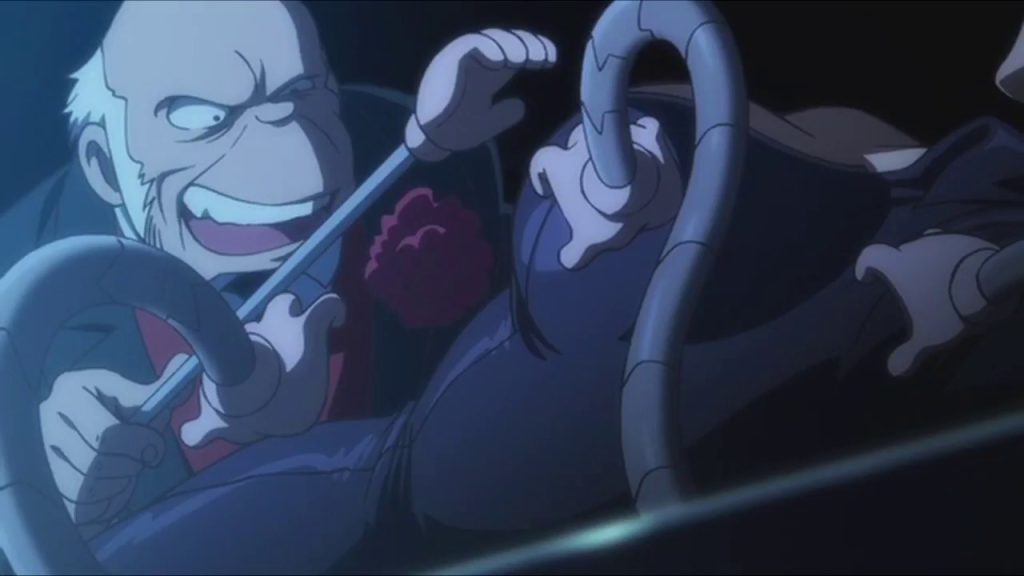
Mr. X, the recurring antagonist from Lupin the 3rd, represents one of the most theatrical and unsettling embodiments of obsession in the entire franchise. As the leader of the global crime organization known as Scorpion, he becomes Lupin’s mirror image—a man who possesses the same cunning, charm, and appetite for control, but who channels them toward domination rather than freedom. While Lupin steals for thrill and intellect, Mr. X manipulates, experiments, and destroys to prove superiority.
In “Lupin the 3rd Part 1” episode 1, Mr. X subjects Fujiko, who had broken into his lair to spy on him, to tickle torture, mainly for the purpose of embarrassing her in front of his associates. In the OAV remake “Lupin Still Burning?”, a remake of the scene is presented, with even more extensive torture. This time, Fujiko is shown suffering more from the tickling and writhing with laughter instead of begging for mercy.
1) Don Turtelli
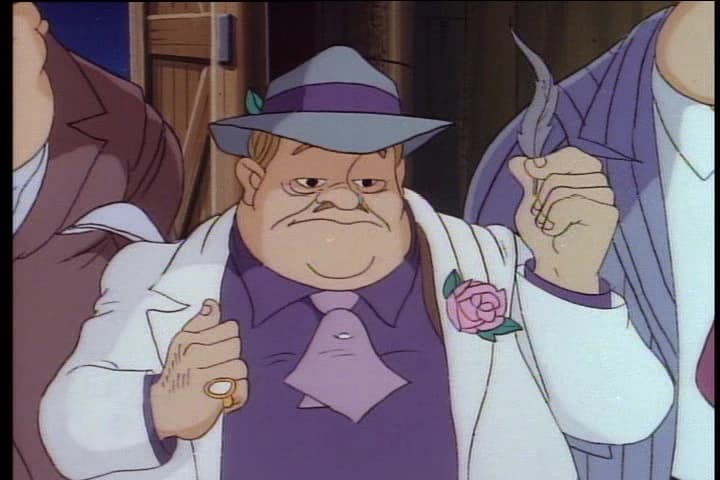
Don Turtelli, from the Teenage Mutant Ninja Turtles animated series, occupies a peculiar niche in the show’s rogues’ gallery—a small-time mobster whose menace is filtered entirely through absurdity.
Introduced during the height of the cartoon’s more exaggerated, comedic period, he is depicted as a flamboyant gangster with a fixation on “extracting information” through methods that are more theatrical than dangerous. His exaggerated Italian-American persona, slicked-back hair, and flashy suits make him feel less like a criminal threat and more like a caricature of old-school television villains.
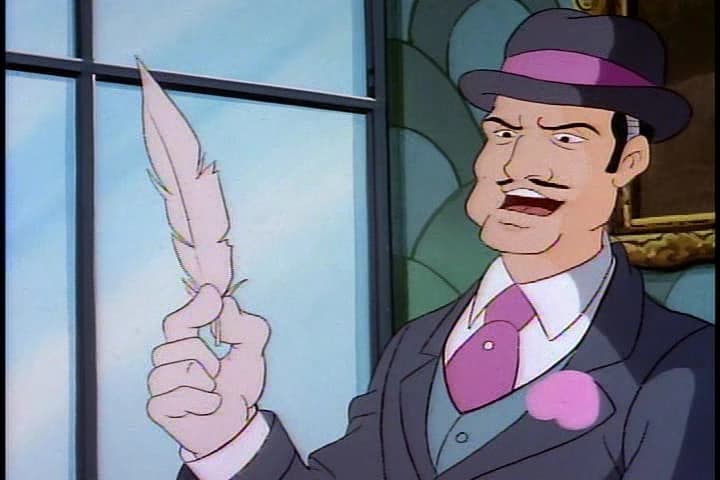
What makes Don Turtelli memorable is precisely that odd intersection of humor and intimidation. His signature quirk—using tickling as an interrogation method—is not treated as violence but as slapstick, a way for the series to parody darker crime tropes within the boundaries of children’s television.
The infamous scene in which he targets reporter April O’Neil is played entirely for comedy: his goal is to make her “talk,” but the act itself becomes a kind of vaudeville routine, with exaggerated reactions, clownish laughter, and a total absence of real menace. In the logic of the cartoon, it’s a reversal of power that neutralizes danger through ridiculousness.

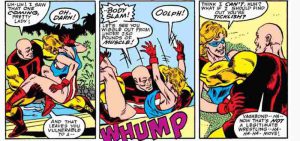
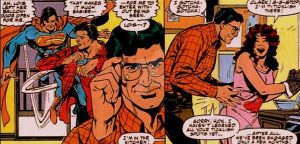

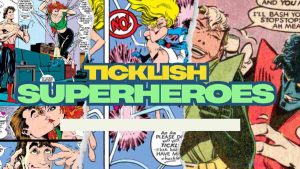
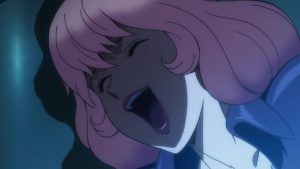
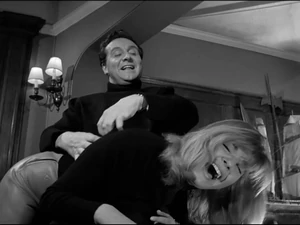
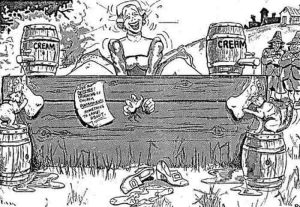
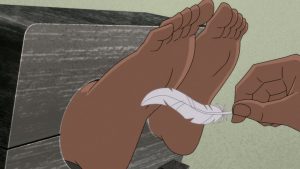
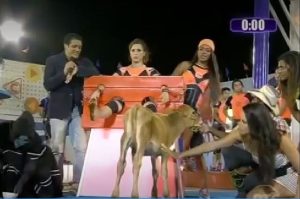




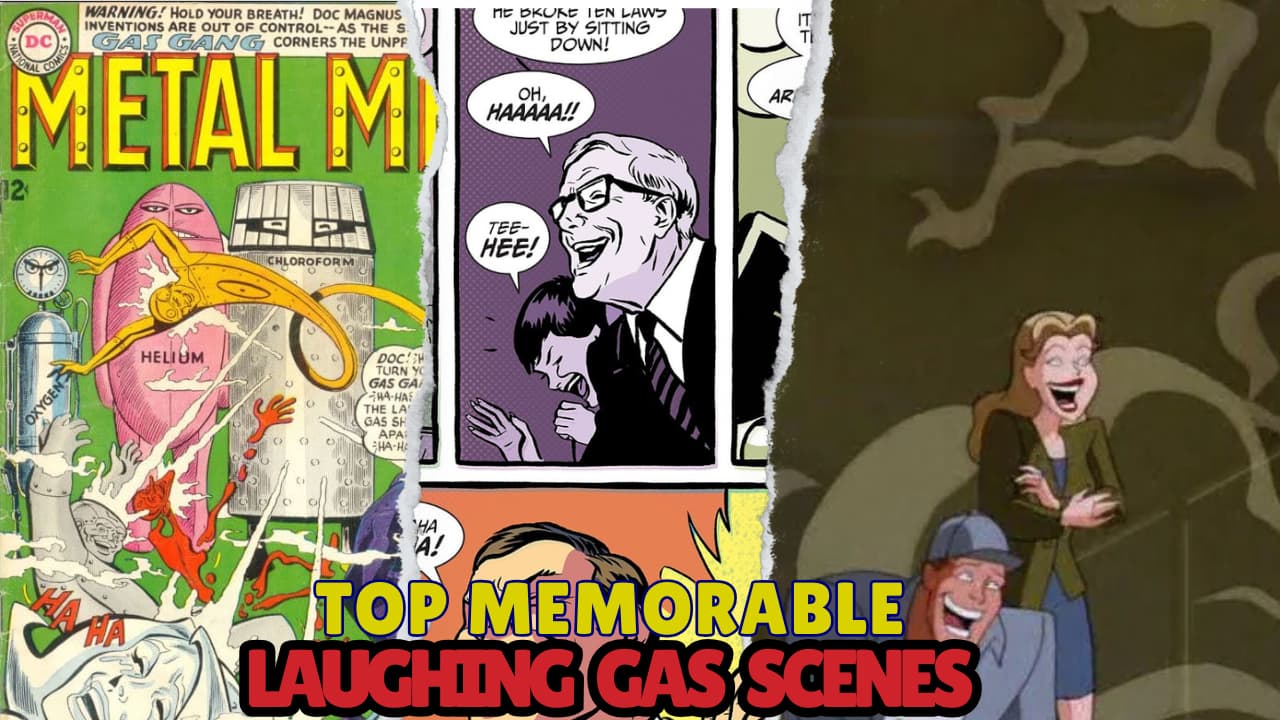
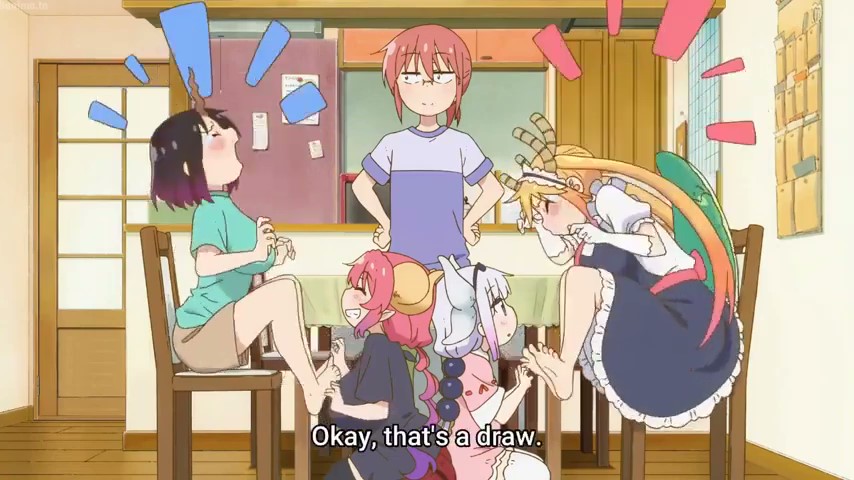



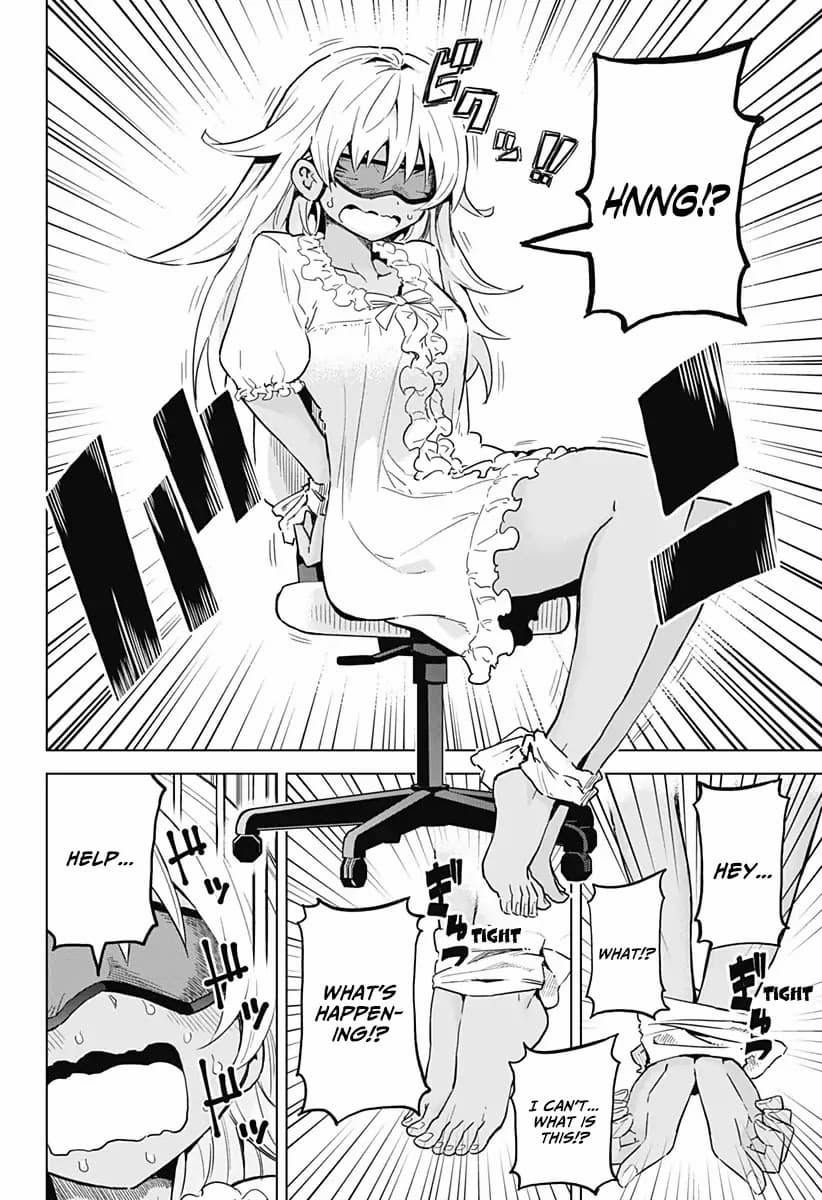

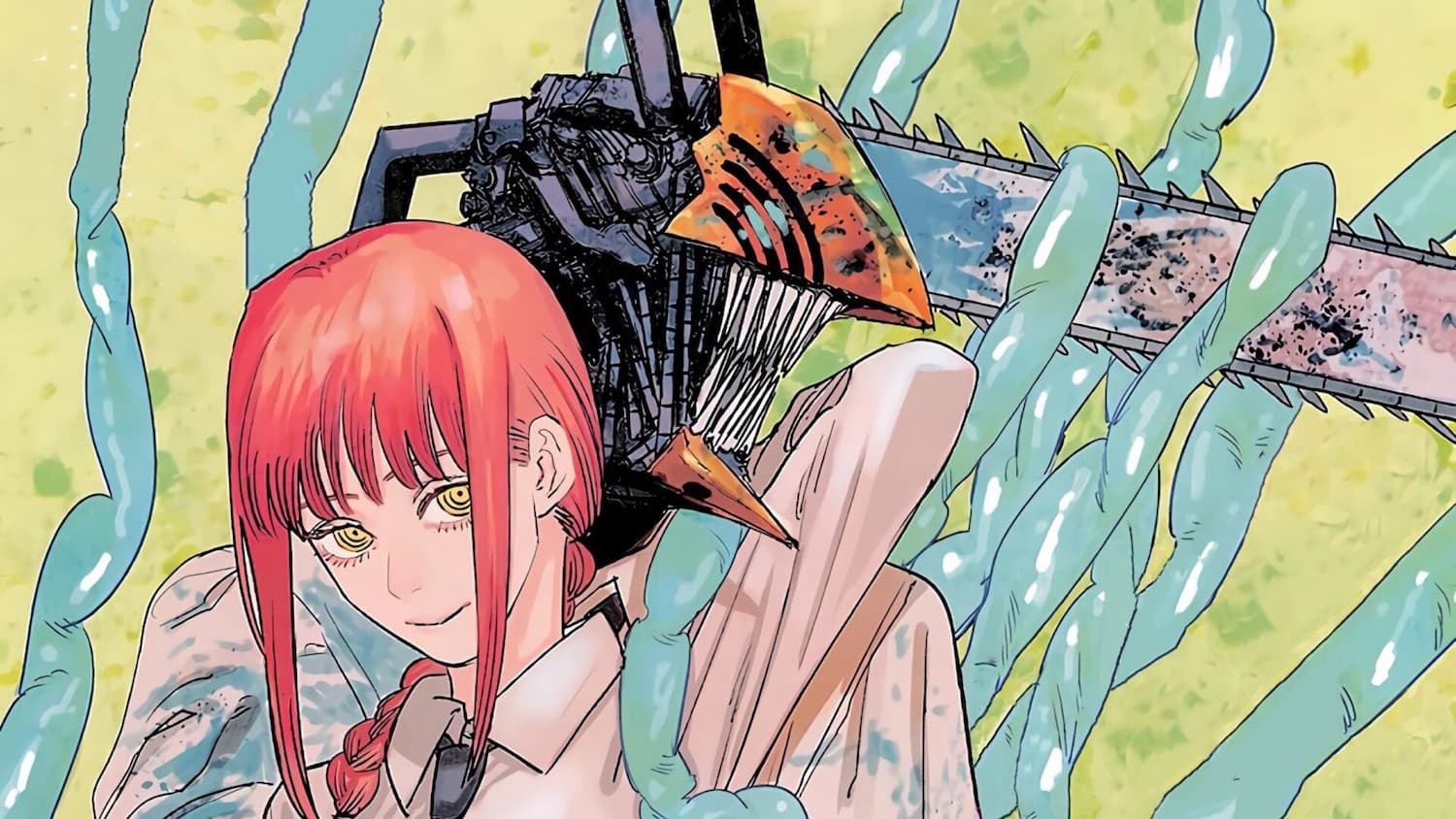
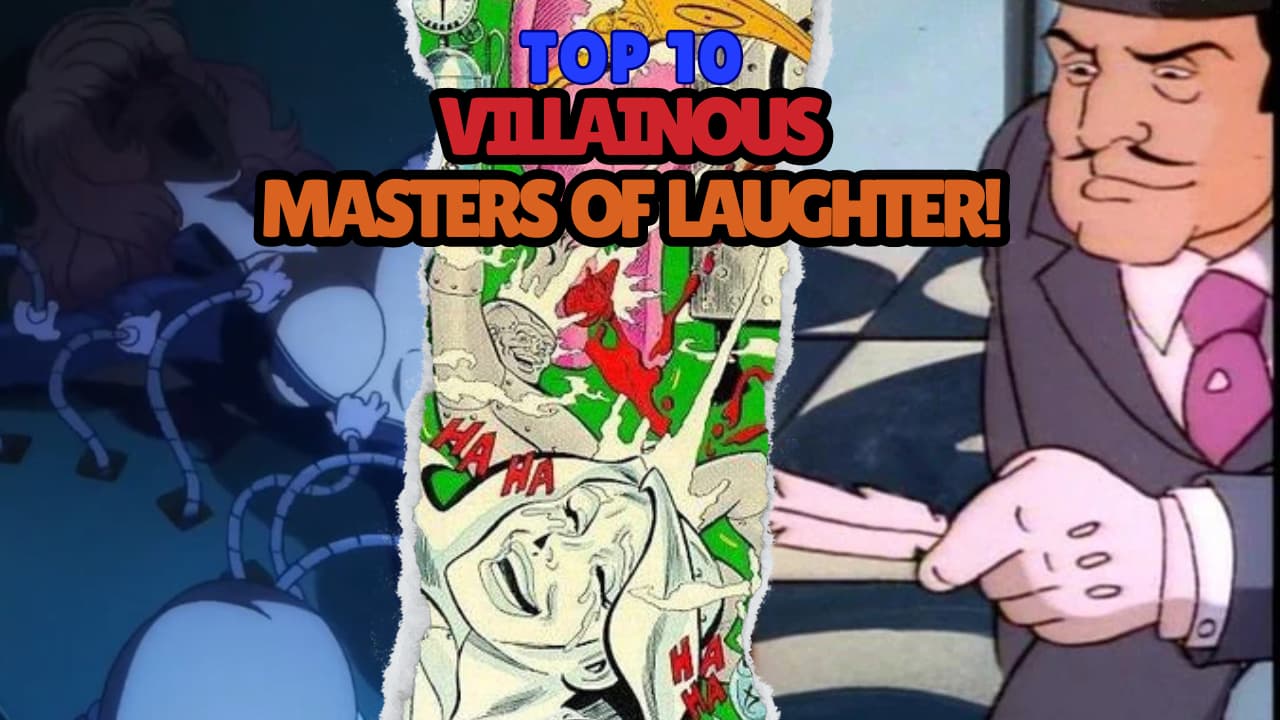
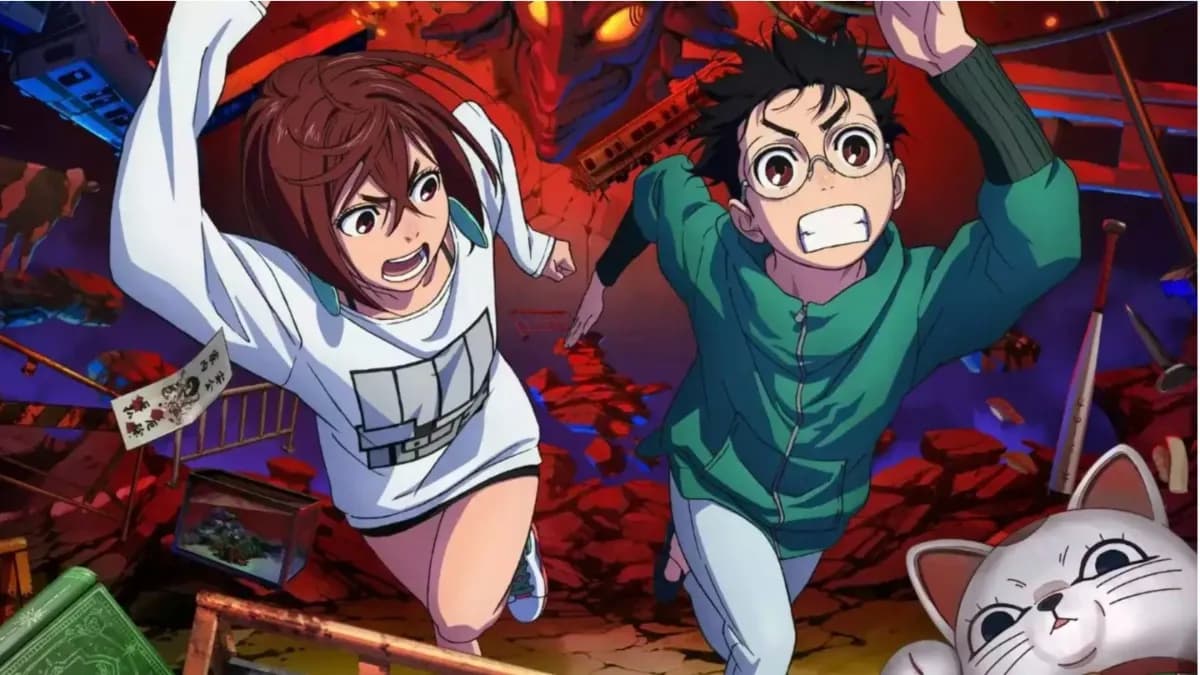
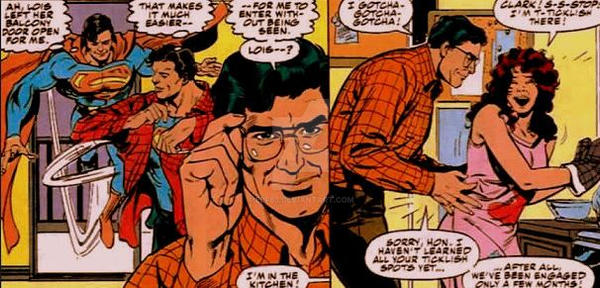
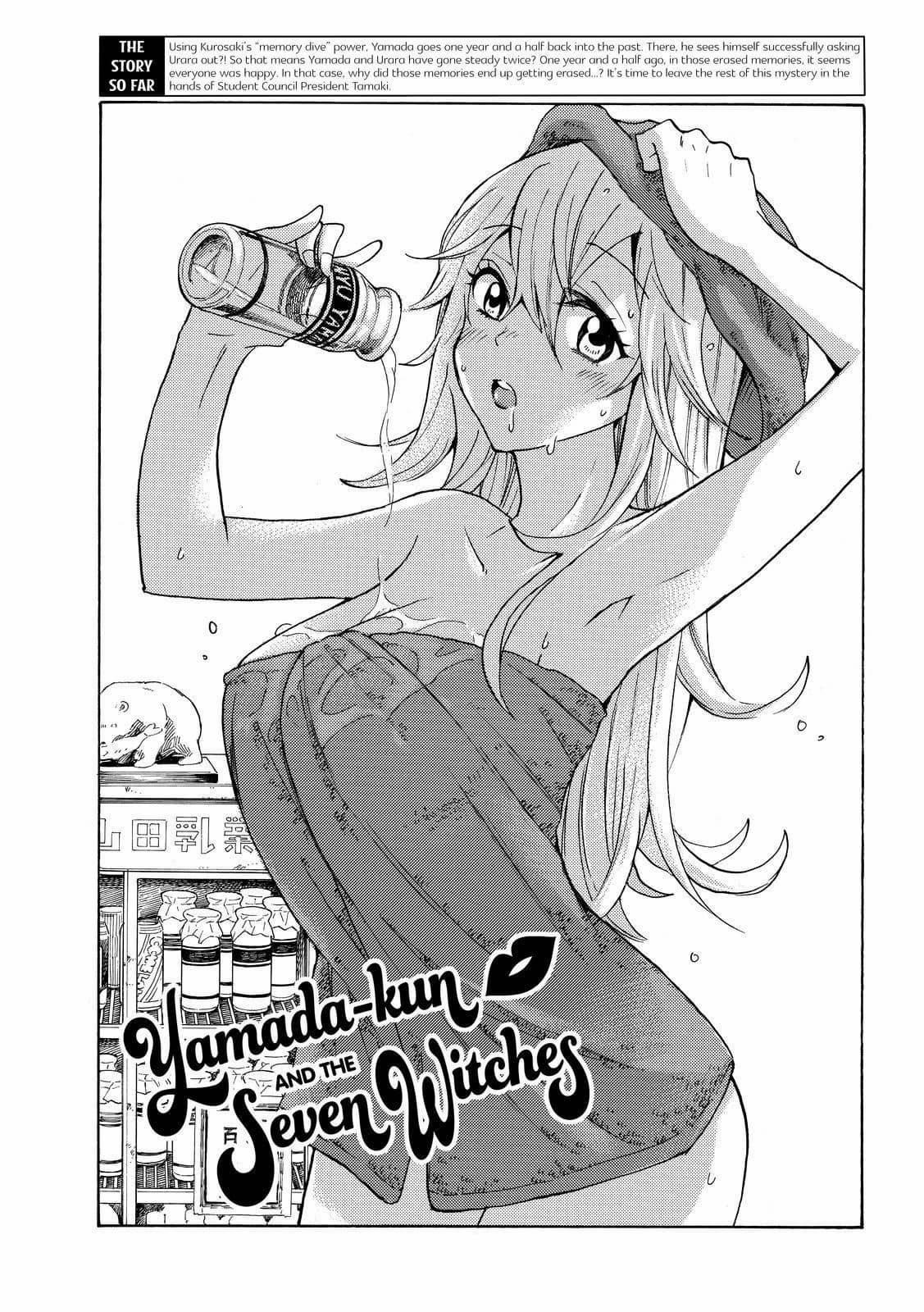
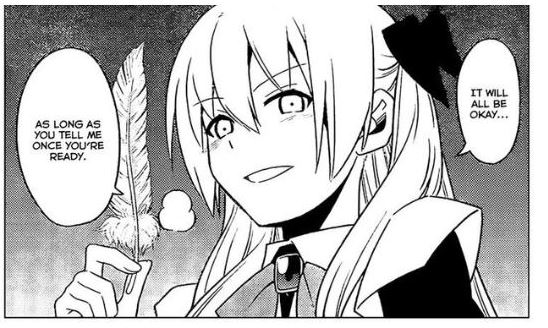

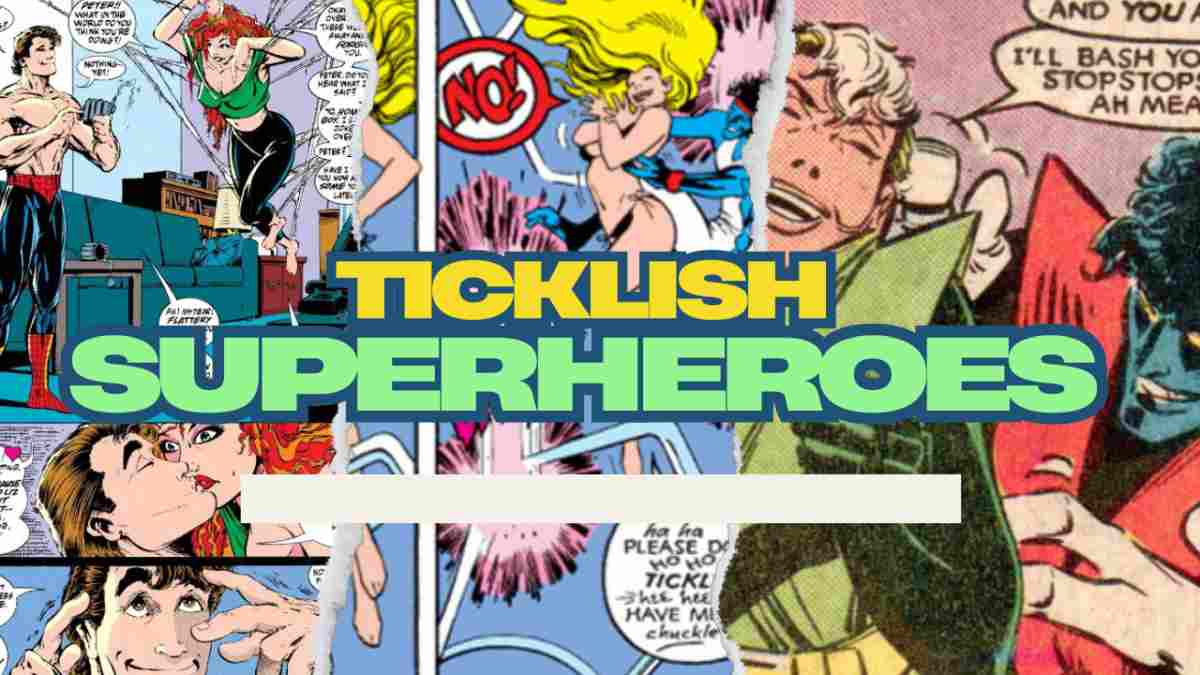
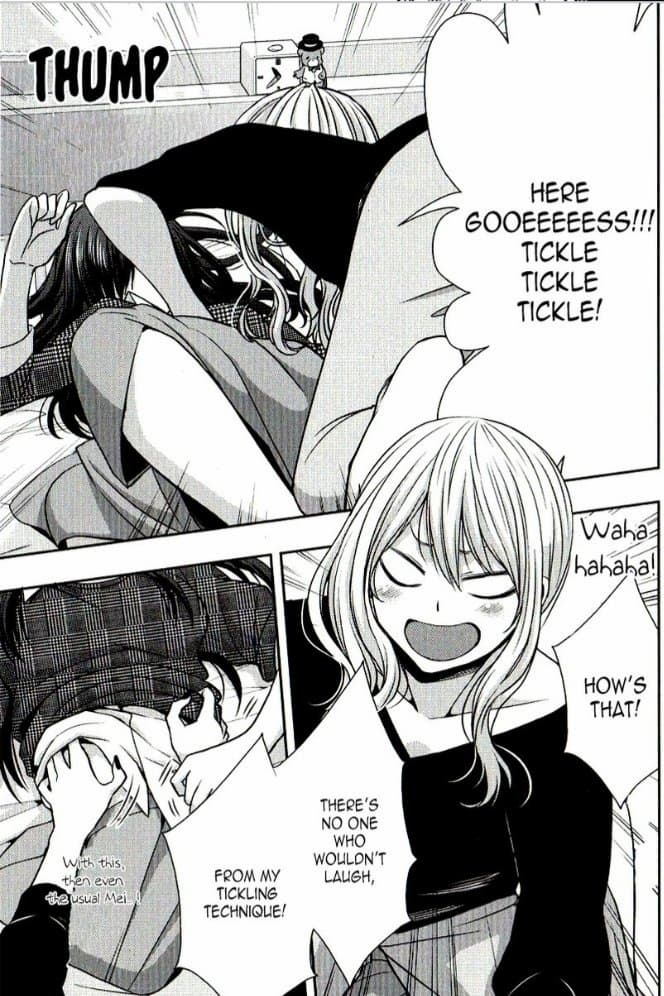
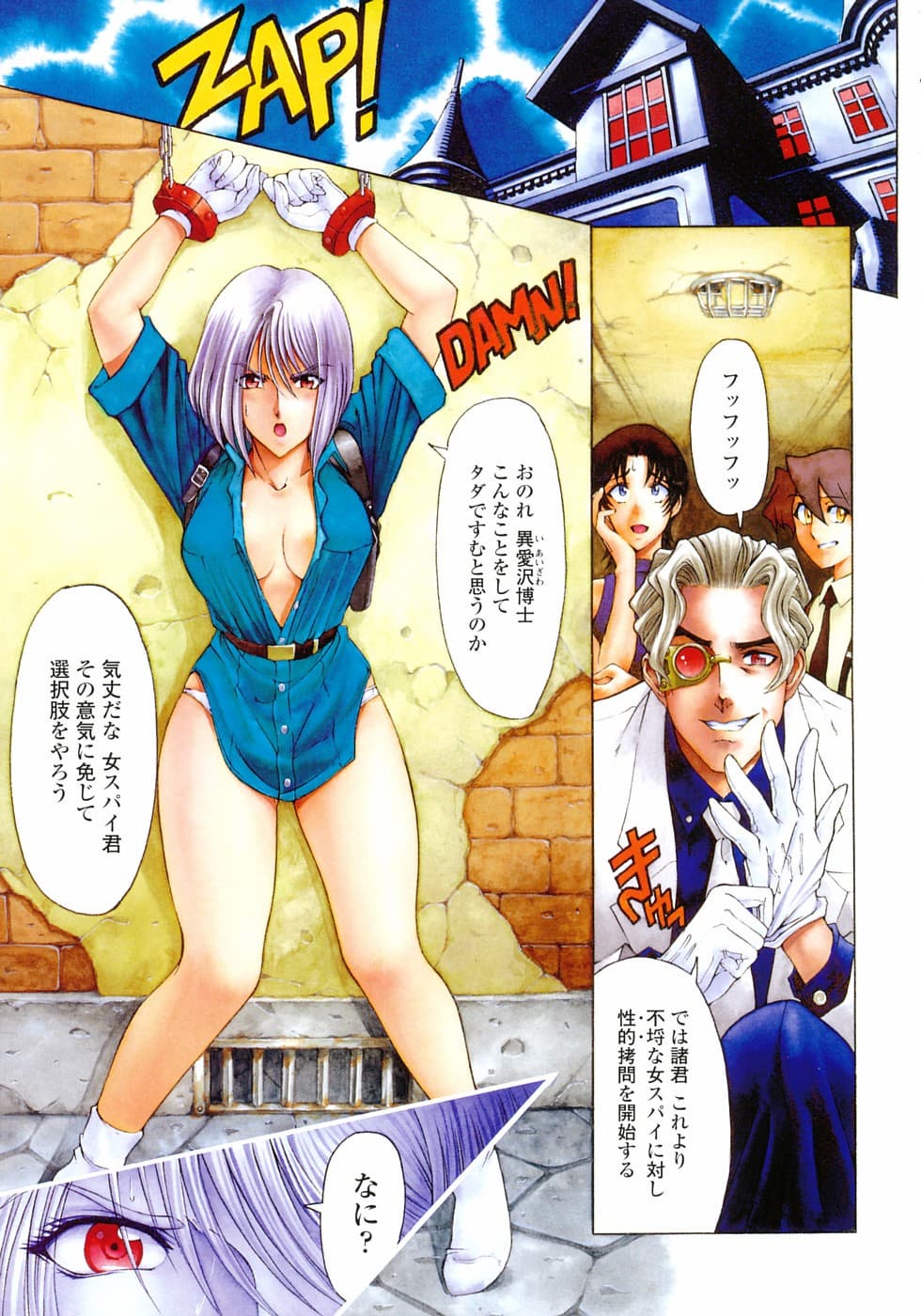

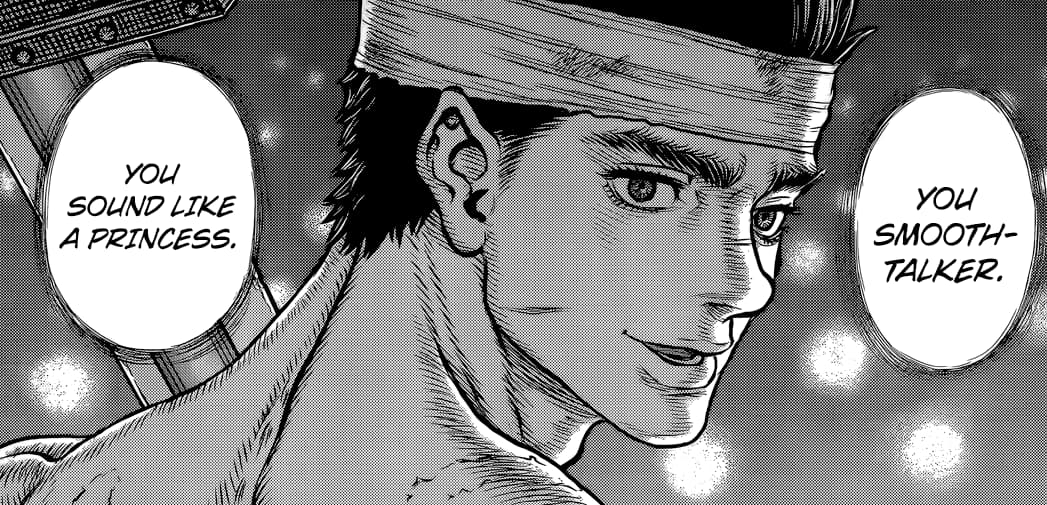
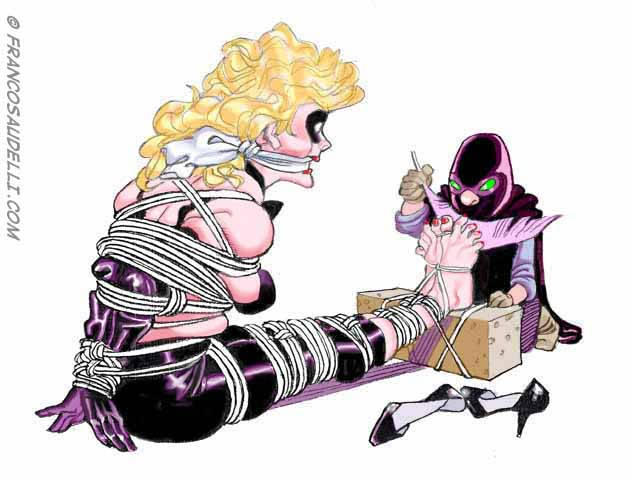
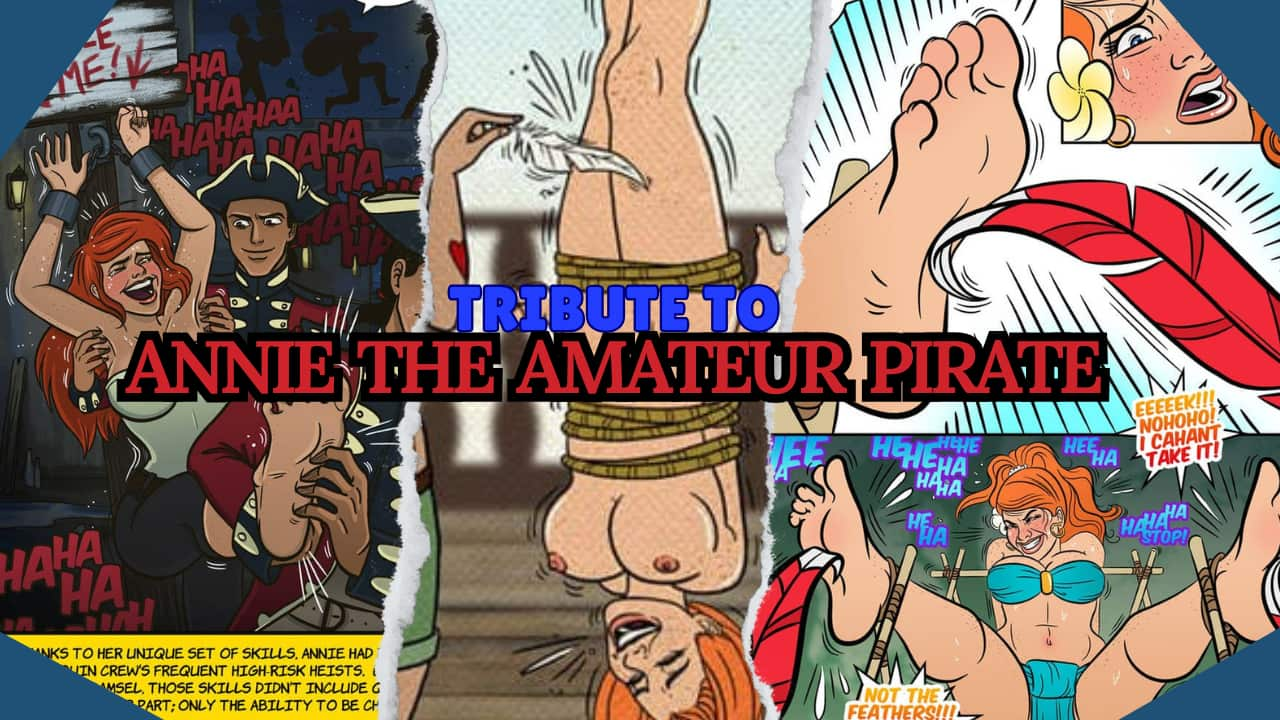
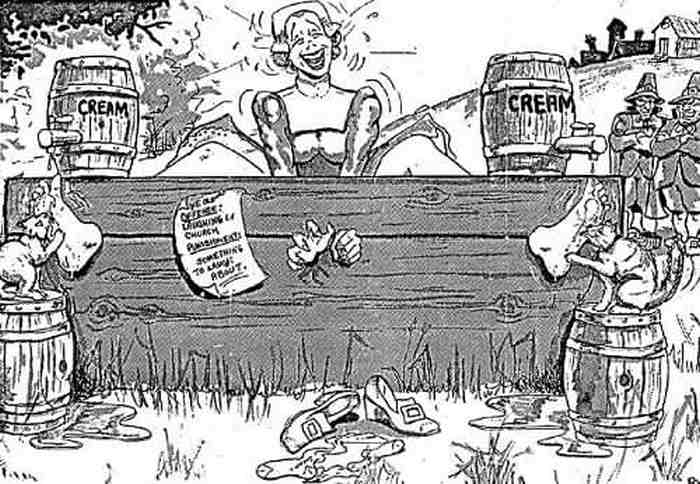
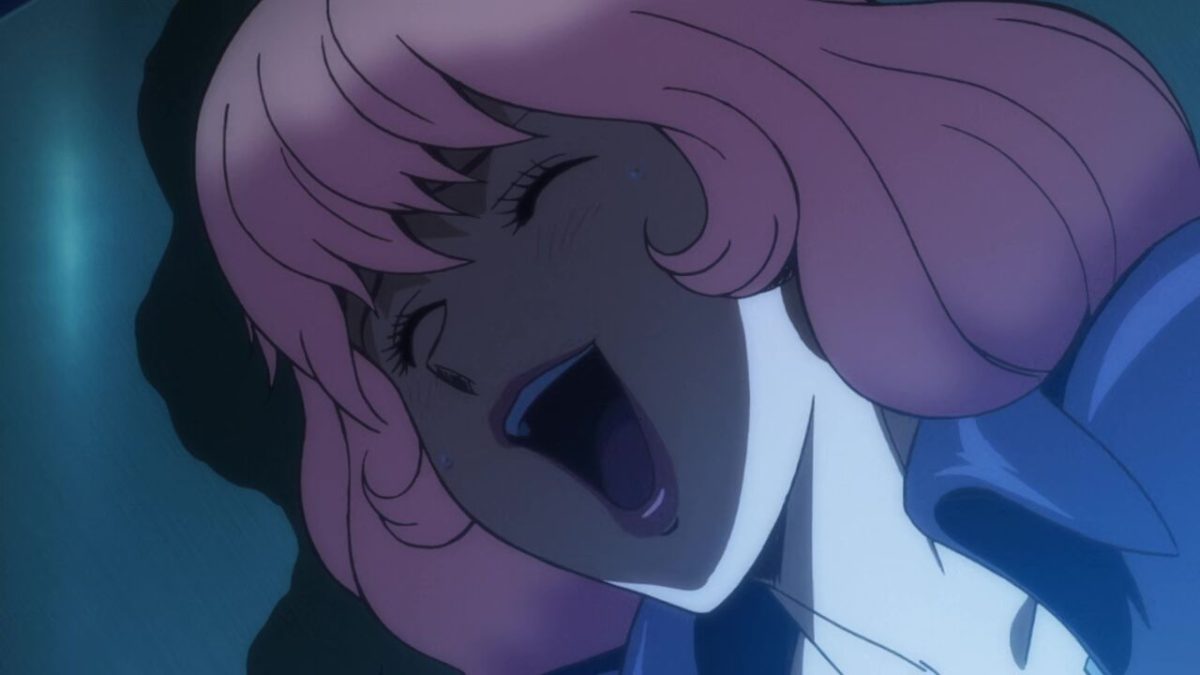
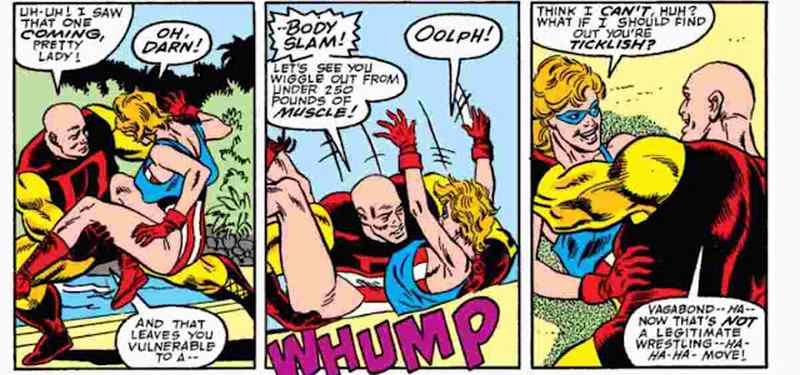
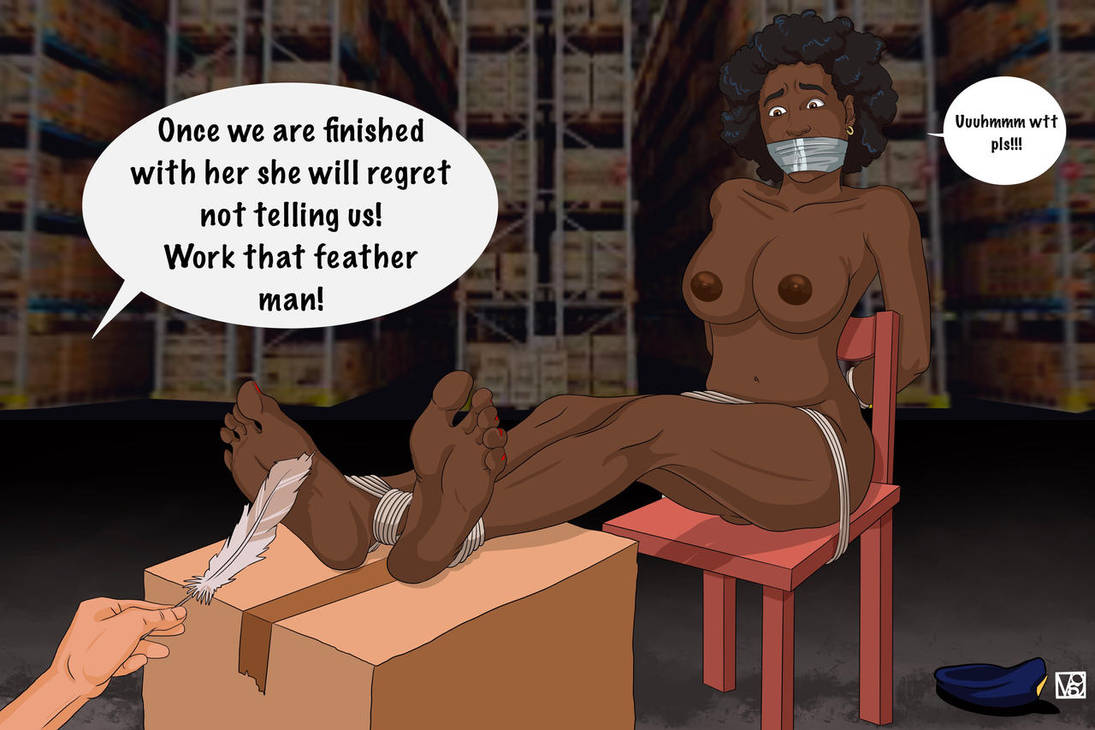
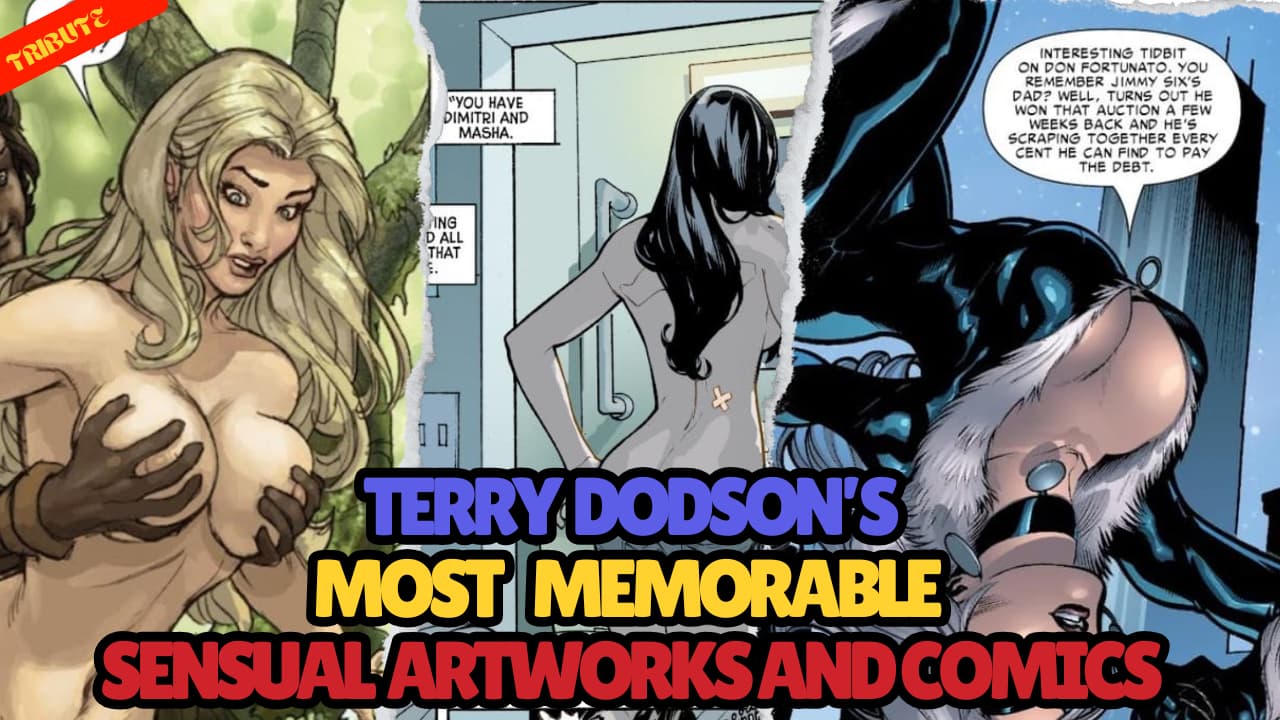
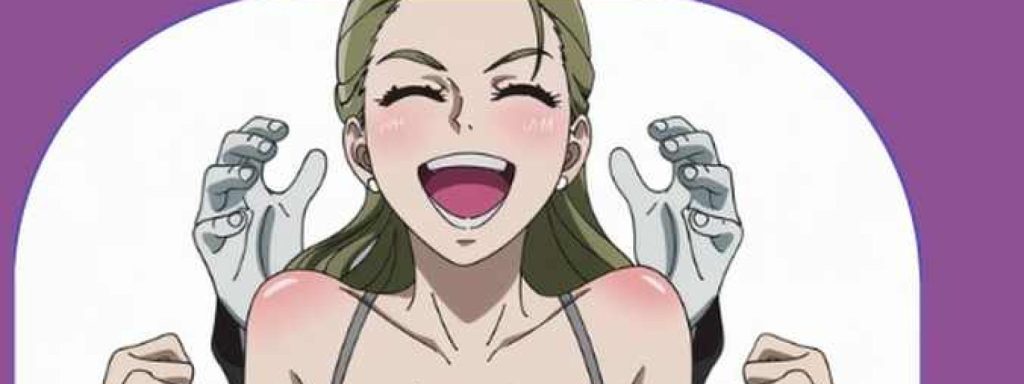
Leave a Reply